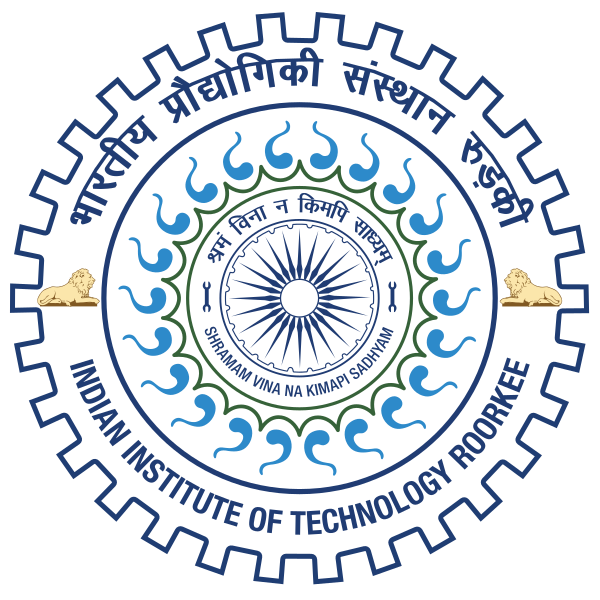Please use this identifier to cite or link to this item:
http://localhost:8081/jspui/handle/123456789/2058Full metadata record
| DC Field | Value | Language |
|---|---|---|
| dc.contributor.author | Sharma, Prafulla Kumar | - |
| dc.date.accessioned | 2014-09-26T10:33:35Z | - |
| dc.date.available | 2014-09-26T10:33:35Z | - |
| dc.date.issued | 1971 | - |
| dc.identifier | M.Tech | en_US |
| dc.identifier.uri | http://hdl.handle.net/123456789/2058 | - |
| dc.guide | Verma, O. P. S. | - |
| dc.description.abstract | TITLS OF TISIS we ANAL!SI6, FA 1CATZCN OF A DIGITAL ODKMM CATION SYSTEM MR At IO tii VIDS sIGNAL&. For efficient transmission the ntessa,o has to to processed before its propagation Over the transmitting medium. Digital systems of communication have proved advantageous over analog systems. Malta — sigma, sqluls— tion system Is one of the efficient method of communica-tion as compared to other digital communication systems. In this thesis the author has followed the taohni-qua of Delta — sigma modulation as suggested by Tasuda and moss. The system performance Improves considerably by using double integration. In this work the author has formulated a theoretical signal to noise ratio expression for a double integrator delta sigma modulation sates. The signs , to noise ratio has been plotted against various parameters. The perfor-mance Improves considerably with higher pulse repetition fre quencjr. The experimental . set up using tunnel diode has been fabricated and tested In the department using all intogw neous components except the tunnel diode RCA IN 3861. U 9 PM In chapter 11, the brief hietor7 of modulation has been discussed taking from telephonyr to the present sophisticated systems of modulation. In chapter .111, different methods of moduiat on and classification has been given with special stress on P+Ity delta modulation. Their working principle signal noise ratio consideration, comparision have been given. In chapter IV$ a brief review of digital methods of video transmission have been discussed, and paper of Oootsll, Cerbra7 have been discussed. In chapter VO the delta sigma modulation has been discussed in detail. Here e~rpression for signal noise ratio for double Integration has been derived. In chapter VI, Design, Practical set up and axperi-mentation have been discussed. Chapter VII, deals with the conclusion and suggestions for future work. | en_US |
| dc.language.iso | en | en_US |
| dc.subject | VEDIO SIGNALS | en_US |
| dc.subject | AUDIO SIGNALS | en_US |
| dc.subject | TUNNEL DIODE | en_US |
| dc.subject | ELECTRONICS AND COMPUTER ENGINEERING | en_US |
| dc.title | ANALYSIS, FABRICATION OF A DIGITAL COMMUNICATION SYSTEM FOR AUDIO AND VIDEO SIGNALS | en_US |
| dc.type | M.Tech Dessertation | en_US |
| dc.accession.number | 107259 | en_US |
| Appears in Collections: | MASTERS' THESES (E & C) | |
Files in This Item:
| File | Description | Size | Format | |
|---|---|---|---|---|
| ECD107259.pdf | 6.34 MB | Adobe PDF | View/Open |
Items in DSpace are protected by copyright, with all rights reserved, unless otherwise indicated.

